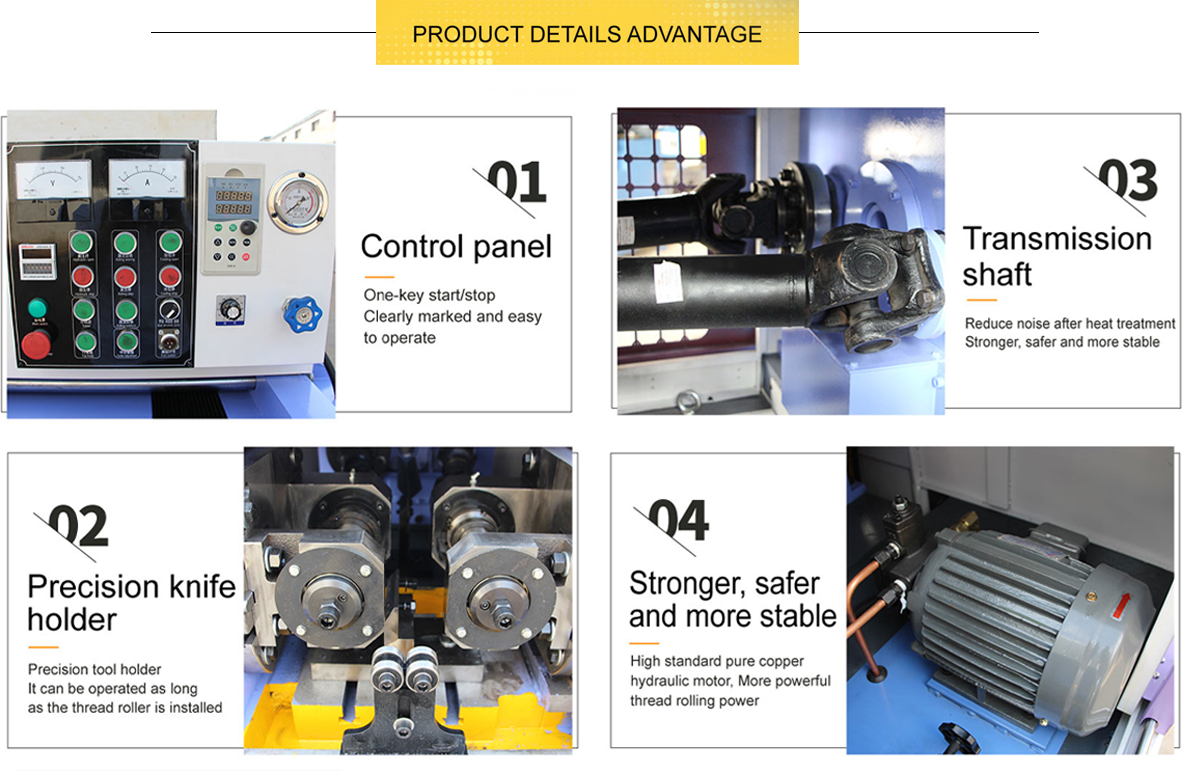
-
 Afrikaans
Afrikaans -
 Albanian
Albanian -
 Amharic
Amharic -
 Arabic
Arabic -
 Armenian
Armenian -
 Azerbaijani
Azerbaijani -
 Basque
Basque -
 Belarusian
Belarusian -
 Bengali
Bengali -
 Bosnian
Bosnian -
 Bulgarian
Bulgarian -
 Catalan
Catalan -
 Cebuano
Cebuano -
 Corsican
Corsican -
 Croatian
Croatian -
 Czech
Czech -
 Danish
Danish -
 Dutch
Dutch -
 English
English -
 Esperanto
Esperanto -
 Estonian
Estonian -
 Finnish
Finnish -
 French
French -
 Frisian
Frisian -
 Galician
Galician -
 Georgian
Georgian -
 German
German -
 Greek
Greek -
 Gujarati
Gujarati -
 Haitian Creole
Haitian Creole -
 hausa
hausa -
 hawaiian
hawaiian -
 Hebrew
Hebrew -
 Hindi
Hindi -
 Miao
Miao -
 Hungarian
Hungarian -
 Icelandic
Icelandic -
 igbo
igbo -
 Indonesian
Indonesian -
 irish
irish -
 Italian
Italian -
 Japanese
Japanese -
 Javanese
Javanese -
 Kannada
Kannada -
 kazakh
kazakh -
 Khmer
Khmer -
 Rwandese
Rwandese -
 Korean
Korean -
 Kurdish
Kurdish -
 Kyrgyz
Kyrgyz -
 Lao
Lao -
 Latin
Latin -
 Latvian
Latvian -
 Lithuanian
Lithuanian -
 Luxembourgish
Luxembourgish -
 Macedonian
Macedonian -
 Malgashi
Malgashi -
 Malay
Malay -
 Malayalam
Malayalam -
 Maltese
Maltese -
 Maori
Maori -
 Marathi
Marathi -
 Mongolian
Mongolian -
 Myanmar
Myanmar -
 Nepali
Nepali -
 Norwegian
Norwegian -
 Norwegian
Norwegian -
 Occitan
Occitan -
 Pashto
Pashto -
 Persian
Persian -
 Polish
Polish -
 Portuguese
Portuguese -
 Punjabi
Punjabi -
 Romanian
Romanian -
 Russian
Russian -
 Samoan
Samoan -
 Scottish Gaelic
Scottish Gaelic -
 Serbian
Serbian -
 Sesotho
Sesotho -
 Shona
Shona -
 Sindhi
Sindhi -
 Sinhala
Sinhala -
 Slovak
Slovak -
 Slovenian
Slovenian -
 Somali
Somali -
 Spanish
Spanish -
 Sundanese
Sundanese -
 Swahili
Swahili -
 Swedish
Swedish -
 Tagalog
Tagalog -
 Tajik
Tajik -
 Tamil
Tamil -
 Tatar
Tatar -
 Telugu
Telugu -
 Thai
Thai -
 Turkish
Turkish -
 Turkmen
Turkmen -
 Ukrainian
Ukrainian -
 Urdu
Urdu -
 Uighur
Uighur -
 Uzbek
Uzbek -
 Vietnamese
Vietnamese -
 Welsh
Welsh -
 Bantu
Bantu -
 Yiddish
Yiddish -
 Yoruba
Yoruba -
 Zulu
Zulu
nail thread rolling machine
Understanding Nail Thread Rolling Machines An Essential Tool in Fastener Manufacturing
In today's fast-paced manufacturing environment, the demand for precision and efficiency has never been higher. Among the critical aspects of the manufacturing process, the production of high-quality fasteners, particularly nails, stands out. To meet these demands, manufacturers rely on advanced machinery, with the nail thread rolling machine playing a pivotal role.
What is a Nail Thread Rolling Machine?
A nail thread rolling machine is specialized equipment designed to create threads on nail surfaces. Rather than cutting threads, which can weaken the material, thread rolling uses a cold forming process. This technique involves pressing the metal between two dies to create precise threads without removing any material. The result is a stronger, more durable product that is essential for various applications, from construction and furniture assembly to automotive manufacturing.
Advantages of Using Nail Thread Rolling Machines
1. Increased Strength The cold forming process enhances the material's grain structure, resulting in a more robust and resilient product. This strength is crucial, especially in applications where the nails must bear significant loads.
2. Improved Precision Nail thread rolling machines are engineered for accuracy. They can create uniform threads that meet specific standards, which is vital for ensuring compatibility with other components.
3. Cost Efficiency By eliminating the material removal process associated with thread cutting, thread rolling is often more cost-effective. This advantage allows manufacturers to produce high volumes of nails quickly and at a lower cost.
4. Less Waste The cold forming process generates minimal waste compared to traditional machining methods. This reduction in scrap material is not only environmentally friendly but also enhances overall production efficiency.
nail thread rolling machine

5. Versatility Modern nail thread rolling machines can accommodate various nail sizes and types. This flexibility allows manufacturers to switch between different products with minimal downtime, making it easier to respond to market changes.
The Working Mechanism
The operation of a nail thread rolling machine can be broken down into several key steps. First, a straight metal rod is fed into the machine. The rolling dies are then brought together under high pressure, forcing the metal to flow and form threads. The speed of the operation can be adjusted to optimize production rates, and careful monitoring ensures that each product adheres to quality specifications.
The machine can be configured for different thread profiles and diameters, allowing for the production of various nails tailored to specific applications. Additionally, many machines are equipped with advanced controls that enable operators to fine-tune settings, ensuring consistency across production runs.
Innovations and Future Trends
As technology advances, nail thread rolling machines are becoming increasingly sophisticated. Innovations include automation and robotics, which enhance production efficiency and reduce human error. Integration with data analytics and machine learning is also on the rise, allowing manufacturers to predict maintenance needs and optimize performance in real-time.
Sustainability is another prominent trend, with manufacturers seeking eco-friendly practices in production. As a result, developers are exploring new materials that are not only stronger but also more sustainable.
Conclusion
In conclusion, the nail thread rolling machine is an integral element of the fastener manufacturing industry. Its ability to produce high-strength, precise, and cost-effective nails makes it an invaluable asset. As technology continues to evolve, these machines will likely play an even more significant role in meeting the demands of modern manufacturing, embodying innovation while remaining committed to sustainability. Understanding and investing in these machines is essential for manufacturers aiming to stay competitive in a rapidly changing market.
